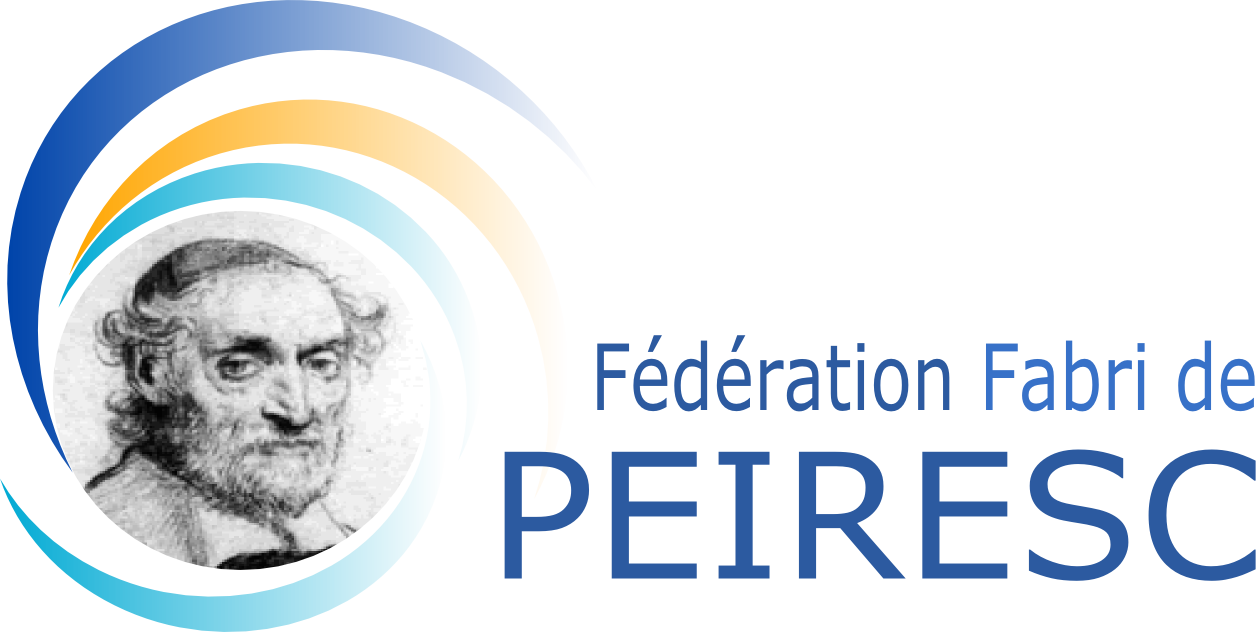Ultrasound Computed Tomography
Tomographie ultrasonore
Résumé
This chapter presents theoretical, numerical, and experimental frameworks for the use of Ultrasound Computed Tomography (USCT) for cortical bone tissue imaging. Most of the research conducted on this topic concerns adult bone, although some work presented in this chapter is specific to the study of child bone. USCT is recognized as a powerful method for soft tissue imaging. In bone imaging, the difficulties arise from the very high impedance contrast between tissues which alters the propagation of the ultrasonic waves and limits the linear inversion algorithms used. Solutions consist in optimally assessing non-linear effects in an iterative approach aiming at local linearization. When the problem can be reduced to the study of a fluid-like cavity buried in an elastic cylinder surrounded by water, the signal processing and/or compound algorithms can be added as an extension to the linear algorithms. The main limitation of these methods is the heavy experimental costs involved. We have then suggested the introduction of purely numerical non-linear full-waveform inversion algorithms. The performances and the limi-tations of these linear and non-linear methods applied to cortical bone tissue imaging problems are overviewed and discussed.
Ce chapitre présente des developpements théoriques, numériques et expérimentaux pour l'utilisation de la tomographie par ultrasons (USCT) pour l'imagerie du tissu osseux cortical. La plupart des recherches menées sur ce sujet concernent l'os adulte et dans ce chapitre certains travaux présentés concernent l'étude de l'os de l'enfant. L'USCT est reconnue comme une méthode interessante pour l'imagerie des tissus mous. En imagerie osseuse, les difficultés proviennent du contraste d'impédance très élevé entre les tissus, qui altère la propagation des ondes ultrasonores et limite les algorithmes d'inversion linéaire utilisés. Les solutions consistent à évaluer de manière optimale les effets non linéaires dans une approche itérative visant à une linéarisation locale. Lorsque le problème peut être réduit à l'étude d'une cavité fluide enfouie dans un cylindre élastique entouré d'eau, le traitement du signal et/ou les algorithmes composés peuvent être ajoutés comme une extension aux algorithmes linéaires. La principale limitation de ces méthodes est le coût expérimental élevé qu'elles impliquent. Nous avons ensuite suggéré l'introduction d'algorithmes d'inversion de formes d'ondes complètes non linéaires purement numériques. Les performances et les limites de ces méthodes linéaires et non linéaires appliquées aux problèmes d'imagerie du tissu osseux cortical sont présentées et discutées.
| Origine | Fichiers produits par l'(les) auteur(s) |
|---|
